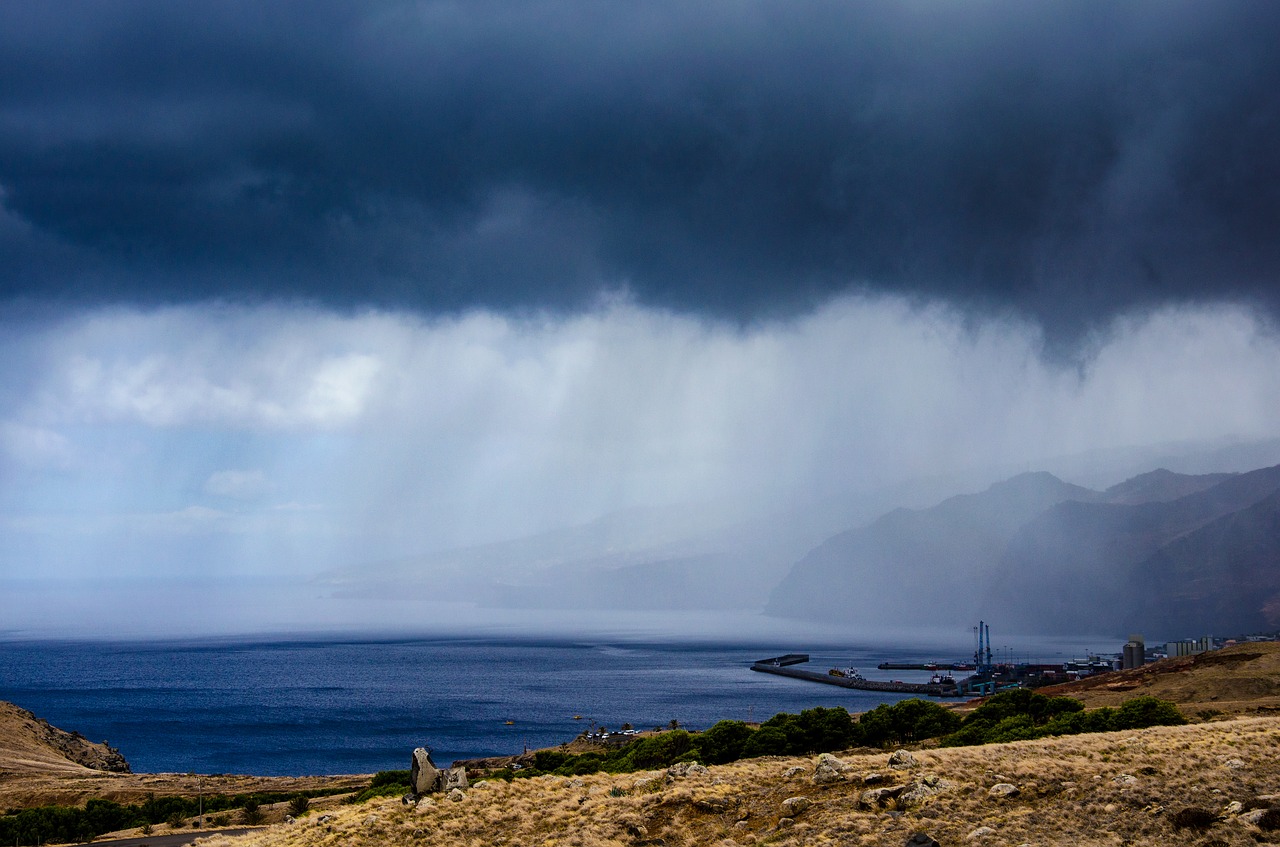Featuring image: Erruption of the Raikoke Volcano on June 22, 2019. Volcanos can exhaust a large amount of gases and dust during eruptions. Is this enough to create an atmosphere on the Moon? NASA’s Earth Observatory, public domain (CC0).
Paper: Polar Ice Accumulation from Volcanically Induced Transient Atmospheres on the Moon
Authors: A. X. Wilcoski, P. O. Hayne and M. E. Landis
The Moon is a silent and dry, yet beautiful desert. Where it comes from and how much ice exits is still a mystery. It can be found in the darkness of its pole regions as ice. Surprisingly, the eruptions of volcanos might have helped the Moon to keep its water.
The gas that is set free during a volcano eruption contains different volatile molecules, including water. On small celestial objects without an atmosphere like the moon, most of the gases are released to space. A new study suggests that not all water vapour from such eruptions escaped from the Moon during its history. Instead, local and short-lived atmospheres might have formed during eruptions, allowing a part of the water vapour to cool down and deposit as snow and ice.
Continue reading “Ice from fire – When volcanos let it snow”




